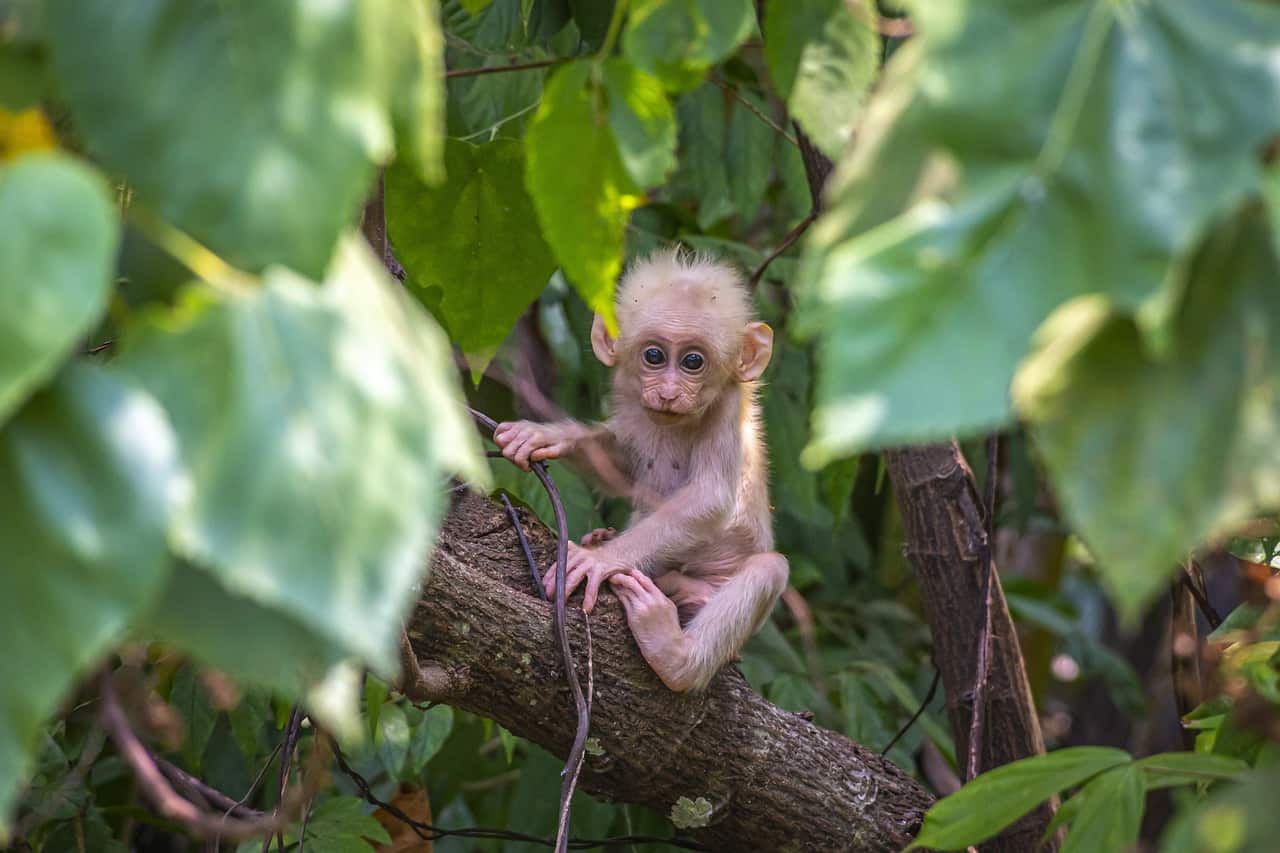Understanding species-specific responses to different anthropogenic stressors can help set conservation priorities.
As we seek to create more protected areas for wildlife worldwide, we will need to think not only about conditions within their boundaries but also about conditions outside those boundaries.
This is the conclusion researchers behind a large long-term camera-trap wildlife survey have drawn.
The scientists have found that mammals living inside protected areas in the tropics are not spared the effects of human activities even when these activities take place outside protected boundaries.
The reason for that is that anthropogenic stressors, which include human population density and habitat fragmentation, were found to have direct and indirect impacts on the 159 mammal species studied in 16 protected areas across three biogeographic regions.
The research provides a comprehensive picture as it was based on millions of images collected over several years at more than 1,000 camera-trap sites as part of a partnership between Conservation International, the Wildlife Conservation Society and the Smithsonian Institution.
Specialist species, which occupy specific habitats, thrive when habitat fragmentation is low and “are generally more susceptible to the negative impacts of human activities like hunting and land use than generalist species, which are able to live in more diverse habitats,” the scientists note.
“Thus, a white-bellied pangolin living in the Bwindi Impenetrable National Park in Uganda should shuffle closer to its center, since specialists are likely to fare better the farther inward they are from the edge of a protected area,” they explain.
“Habitats are more varied at the edge of the protected area,” says Asunción Semper-Pascual, a postdoctoral researcher at the Norwegian University for Life Sciences who was the lead author of the study. “There is usually this difference between forest cover and open landscape, such as an area used for agriculture, etc. Some generalist species thrive in this kind of diverse setting because it provides access to different resources.”
Generalist species such as a dog-sized omnivore called the tayra can inhabit areas under forest cover and also live in grasslands or cropland. They can thrive near the edge of protected areas only if human population density there is low, the scientists say.
“Understanding species-specific responses to different anthropogenic stressors can help set conservation priorities and guide protected-area management locally by focusing on the most vulnerable species in a region and globally by highlighting how landscape-scale factors impact biodiversity beyond the protected perimeter,” the experts note.
“We have to think about the situation holistically,” says Lydia Beaudrot, an assistant professor of biosciencesat Rice University. “Conservation is going to work best when it’s tackled in specific contexts and in concert with the people who live there so as to create win-win situations for both the people and the wildlife.”
This story first appeared on Sustainability Times
Photo: Pixabay/Erik_Karits
© 2023 Sustainability Times.
This article is licensed under a Creative Commons Attribution-ShareAlike 4.0 SA International License.












